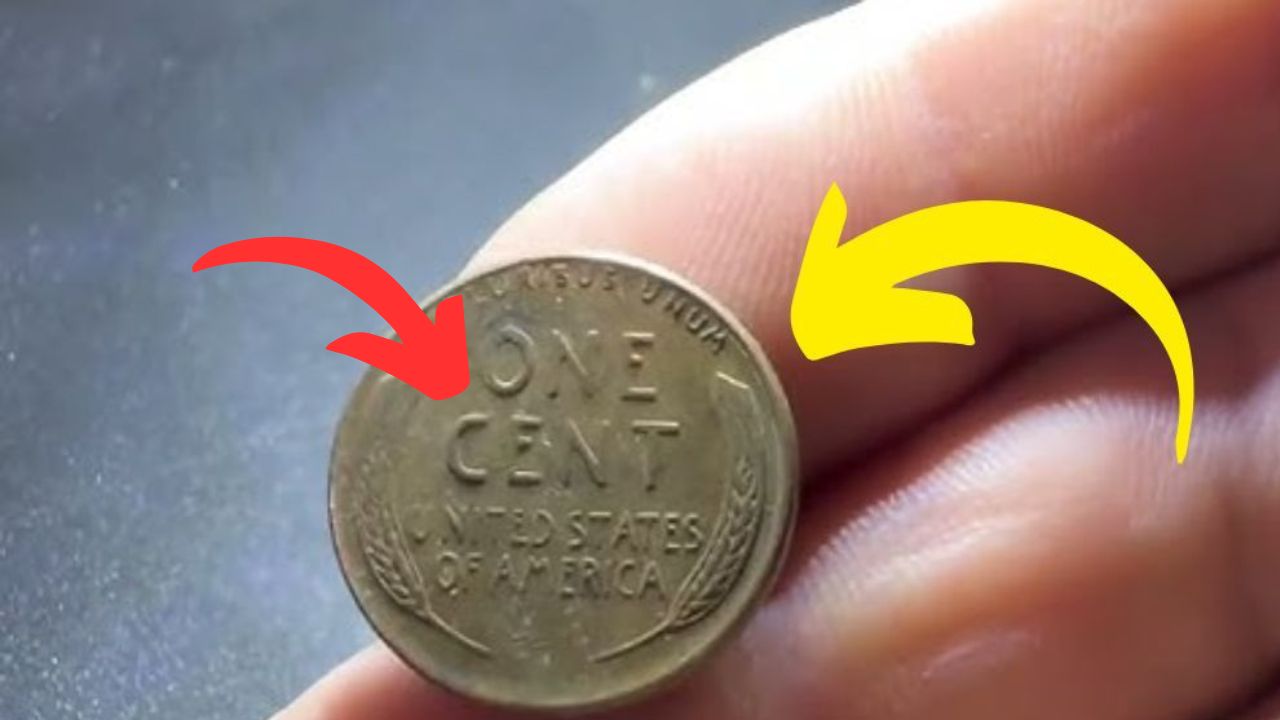Imagine holding a penny worth a staggering $83 million. It sounds like something out of a storybook, yet this is the real-life buzz surrounding one of America’s most iconic coins—the Lincoln Wheat Penny.
The Birth of the Lincoln Wheat Penny
Back in 1909, the U.S. Mint introduced a one-cent coin to honor the 100th birthday of President Abraham Lincoln. This was groundbreaking because it was the first time a real person’s image appeared on regular U.S. currency. Artist Victor David Brenner designed the coin, featuring Lincoln’s profile on the front and two wheat stalks on the back—a tribute to America’s agricultural roots.
This design remained in circulation until 1958, making it one of the longest-lasting and most beloved coin designs in U.S. history.
A Wartime Mistake That Made Millions
The story gets even more fascinating during World War II. In 1943, copper was desperately needed for ammunition and military equipment, so the U.S. Mint temporarily switched to producing pennies made of zinc-coated steel. These steel pennies have a distinctive silver-gray color.
However, a small batch of leftover 1942 bronze blanks accidentally made their way into the 1943 production run and were stamped with the 1943 date. These rare coins, known as 1943 Bronze Lincoln Pennies, are incredibly scarce—fewer than 20 authentic examples are known to exist today.
One of these 1943 bronze pennies has been estimated to be worth an unbelievable $83 million, making it one of the most valuable coins in the world.
Why Are These Pennies So Valuable?
The value comes from a mix of rarity, historical significance, and the story behind their creation. These pennies are not just currency; they are tangible symbols of America’s resilience during a time of war and sacrifice. Collectors and historians alike are drawn to their unique story and extraordinary rarity.
How to Identify an Authentic 1943 Bronze Penny
If you think you might have found one, here are some key signs to look for:
- Color: A genuine 1943 bronze penny has a reddish-brown copper tone, unlike the silver-gray steel pennies.
- Magnet Test: Bronze pennies do not stick to magnets, whereas steel pennies do.
- Weight: Bronze pennies weigh approximately 3.1 grams, while steel pennies are lighter at about 2.7 grams.
Keep in mind, spotting a real one is tricky. Many replicas exist, so it’s crucial to have the coin professionally authenticated by expert graders. Their specialized tools and knowledge provide a reliable certification that can dramatically increase the coin’s value.
The Excitement of the Hunt Continues
The most exciting part? Some of these rare pennies might still be hidden away—in forgotten piggy banks, dusty coin jars, or even loose change in someone’s drawer. This ongoing possibility keeps collectors and treasure hunters constantly searching, fueled by the hope of uncovering the next historic find.
Changing How We View Pennies
Stories like the $83 million Lincoln Wheat Penny inspire people to look at pennies with fresh eyes. Coin collecting has grown in popularity, encouraging many to explore history, economics, and the fascinating stories behind everyday objects.
So, next time you spot a penny, don’t just pass it by. You might be holding a priceless piece of American history—a rare wartime mistake that turned ordinary change into a multi-million-dollar treasure.
